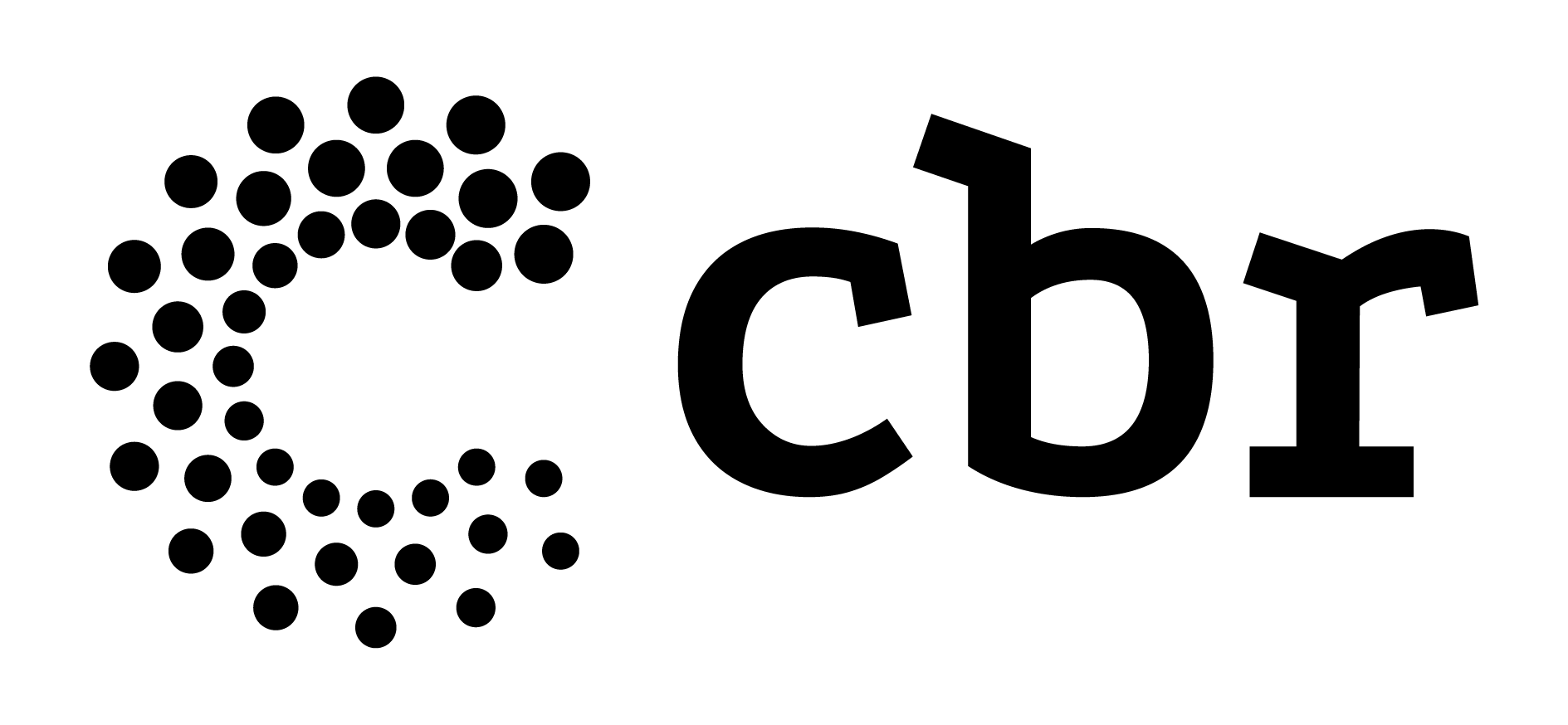Three decades of experience with the CBR Quality Seals led to the creation of the Diagnostic Imaging Accreditation Program (PADI), which expands the focus on quality to all aspects of the service
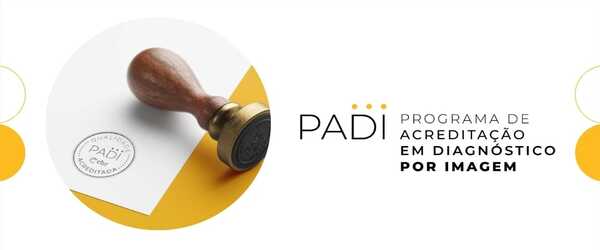
The experience of nearly three decades with the CBR Quality Certificates, covered in previous editions of this Bulletin, spurred the creation, in August 2015, of the Accreditation Program in Diagnostic Imaging (PADI), which broadens the focus on quality to all aspects of the service. It assesses everything from the physical structure, equipment and the minimum training required for the professionals involved in carrying out the procedures, passing through the processes, especially those involving patient care, from reception to the delivery of reports. Padi grows and receives more and more recognition, including internationally.
“We want to qualify nationally the services, public or private, that voluntarily adhere to the program, through careful and impartial assessments of compliance with minimum quality, safety and sustainability requirements. CBR believes that in order to achieve excellence in diagnostic imaging services, it is necessary to combine management and technique”, says the President of the College, Valdair Muglia.
The structure of Padi took place through a multidisciplinary group that, also aiming at recognition by the technical-scientific society, defined the main processes that make up the provision of diagnostic imaging services. The principles and criteria are developed based on best practices and minimum legal requirements, and include the participation and review of radiologists representing the different methods, as well as contributions from professionals from different services, technical commissions and CBR partner societies. It also involves research on the successful experiences of other accreditation programs in Brazil and around the world.
Norma Padi is periodically updated in order to guarantee quality in new processes. In Version 5, of 2021, for example, modifications were included related to topics such as: work in the area of teleradiology; review of values increasing the capacity to include clinics of all sizes, inclusion of criteria to meet the LGPD, new criteria for patient-centered care, criteria that guide the adoption of policies for dealing with ethical dilemmas. In addition to updating the version of the Padi Standard, the Padi methodology changed, adding an Observed Audit, in which the Padi auditor assists the client in dealing with non-conformities of the last internal audit, as an educational process, aiming at the sustainability of the methodology.
Since 2016, CBR has been recognized by the National Agency for Supplementary Health (ANS) as an accrediting entity through Padi, which ensures that clinics accredited by the program are entitled to the best index in the application of the Quality Factor stipulated by Law nº 13.003/14 and regulated by Normative Resolution No. 405 of May 2016. The objective is for patients to be able to make better choices based on quality, for operators to invest in more effective care networks and for service providers to improve their processes and performance.
Padi has been internationally recognized by the International Society for the Quality of Health Care (ISQua, in the translation of the acronym in Portuguese) since 2017. With operations in more than 100 countries, ISQua is a non-profit organization dedicated to the quality of health care. health and work independently. It is the only society in the world that seals standards aimed at health accreditation, working together with the World Health Organization (WHO). An important differential of Padi is the fact that it is the only accreditation program in Brazil in diagnostic imaging to assess the quality of exams and reports.
The construction of a Quality program focused on radiology and diagnostic imaging
The creation of Padi was approved at the CBR Ordinary General Assembly held in October 2013. The CBR Bulletin of December of that year reported that:
“The board is building an accreditation program for primary diagnostic radiology services, similar to the Accreditation Program for Clinical Laboratories (PALC), of the Brazilian Society of Clinical Pathology/Laboratory Medicine. The new service will meet the demand generated by the imminent requirements of the ANS. The idea was presented at the Assembly and at the Advisory Board meeting held during CBR 13 and was widely accepted. The initiative will complete and strengthen the College's current quality programs”.
The August 2014 CBR Newsletter cover story confirmed: “CBR will have its own accreditation program.”“With an official launch soon, the Diagnostic Imaging Accreditation Program (PADI) has been developed CBR to benefit patients across the country, by encouraging the growing quality of medical practice in the area, and to offer services a reference in accreditation built from the credibility and knowledge of the CBR.”
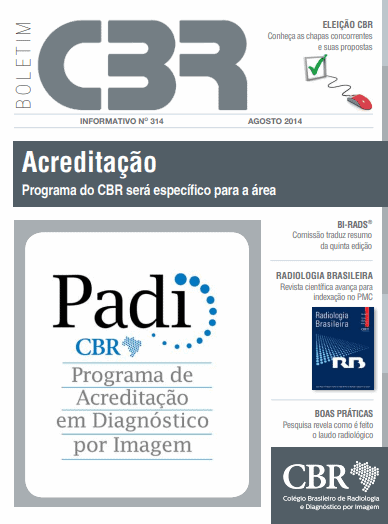
Dr. Cristina Khawali, who participated in the elaboration and implementation of Padi, remembers the period when the program was formatted. "The Doctor. Conrado [Cavalcanti] and Carlos Moura (economic adviser to CBR) started the design of this Standard. In early 2014, CBR President Dr. Henrique Carrete, made contact with a consultancy specializing in the area of quality in diagnostic medicine and, through this partnership, for approximately six months, medical professionals specializing in the area of radiology and quality in health met weekly to build the Norma, which it was structured on principles and criteria that were developed based on best practices and minimum legal requirements. We also have the review of radiologists representing the different methods, in addition to contributions from professionals from different services and from the CBR technical committees. Once the first version was finished, it was submitted to a public consultation, to the evaluation of class bodies and institutions in the health area and three test audits were carried out, so that we could consider the Standard ready to be applied to imaging clinics.”
The CBR Bulletin of January/February 2015 highlighted the final stretch for the implementation of the Program, with a presentation received with great enthusiasm by representatives of the National Supplementary Health Agency (ANS) and several medical organizations.
The following CBR Bulletin highlighted the holding of Padi's first External Auditor Training Course.
“The course has an educational character, with a very select audience, including opinion makers in the market. They are clinic owners, good doctors and qualified managers. I did not expect such a high level in my first time teaching classes to train auditors”, commented, at the time, the then coordinator of Padi, Conrado Cavalcanti.
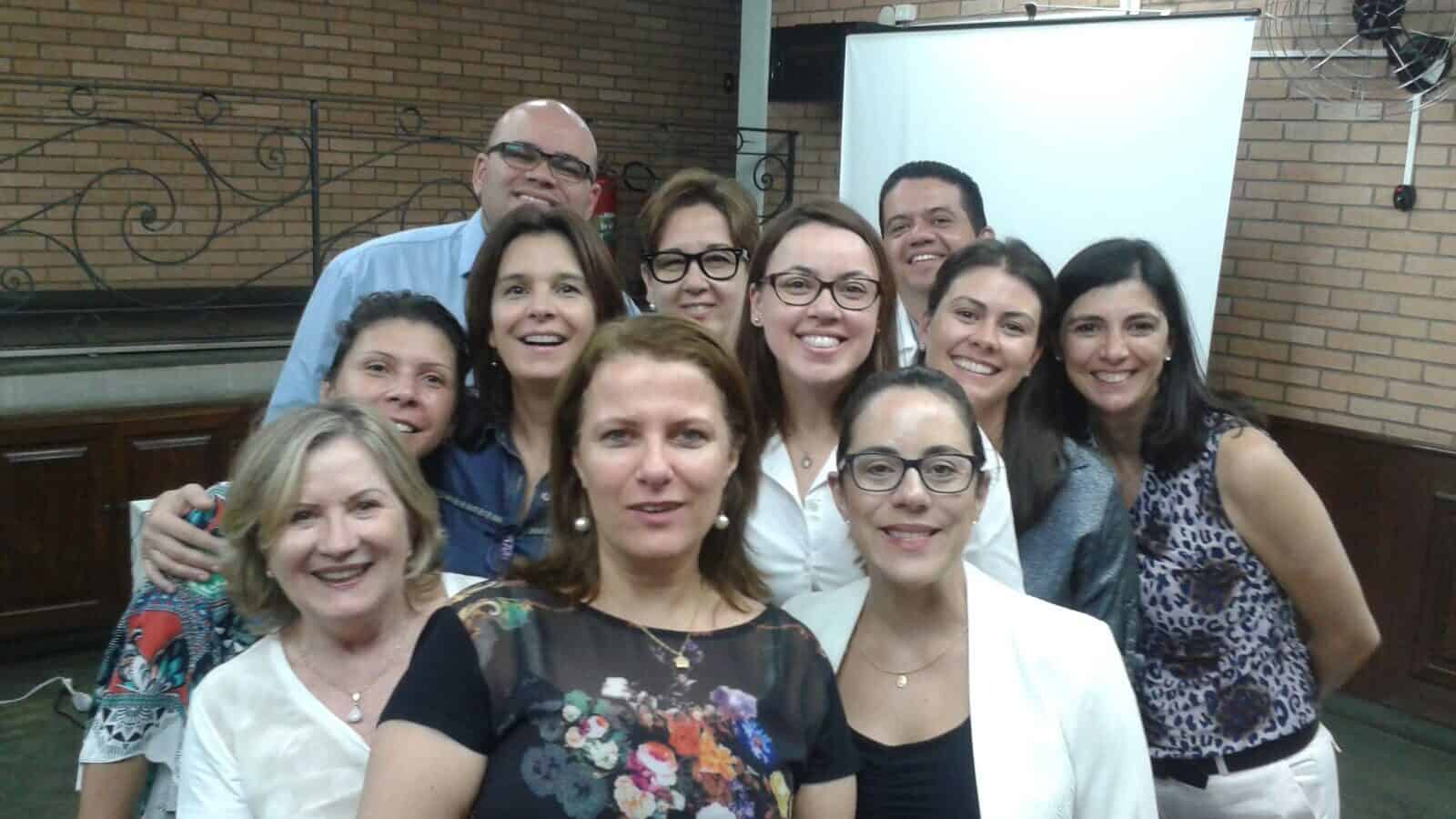
The May and June editions of the CBR Bulletin brought news about the holding of the first Internal Auditor Training Course at Padi, with the aim of qualifying professionals to meet the Quality requirements set forth in the Accreditation Standard within establishments that provide radiology and diagnostic imaging.
The October 2015 CBR Bulletin highlighted: “The program has its first accredited clinic”. Representatives of Mega Imagem, from Santos (SP), came to the CBR headquarters, in São Paulo (SP), to receive the Certificate of Accreditation from the then President of the College, Dr. Antonio Carlos Matteoni de Athayde, and the program coordinator, Dr. Conrad Cavalcanti.
“We hope this is just the first of many clinics accredited by Padi, a program that has come to benefit both patients and the clinics themselves,” commented Dr. Matteoni.
One of the clinic's partners, Luis Augusto Gasparini, declared: “There is no survival without quality. The client compares you not only with other clinics, but with other services, such as hotels and restaurants (…) Sometimes, we did a great exam, but the patient was not satisfied because of a failure in the service. It was contradictory”.
Another partner of the establishment, Nancy Nagata Gasparini, exemplified: “The program even helps us to see if it is really necessary to buy equipment at a certain time (...) [The Padi] It is something good for Brazilian society in general and not just for the radiologists”.
Afterwards, Padi was the subject of a symposium at the 45th Brazilian Congress of Radiology and Imaging Diagnosis held by CBR in October 2015. The CBR Bulletin of November 2015 published a report on the event. On the occasion, Dr. Henrique Carrete Junior (SP), who coordinated the symposium, projected: “People are going to talk more and more about Padi, which means talking about quality, safety for patients, continuing education and also better remuneration for those who focus on these concepts”. Less than a decade later, Dr. Cart has been confirmed. Padi promotes quality in hundreds of clinics across the country and is growing more and more.
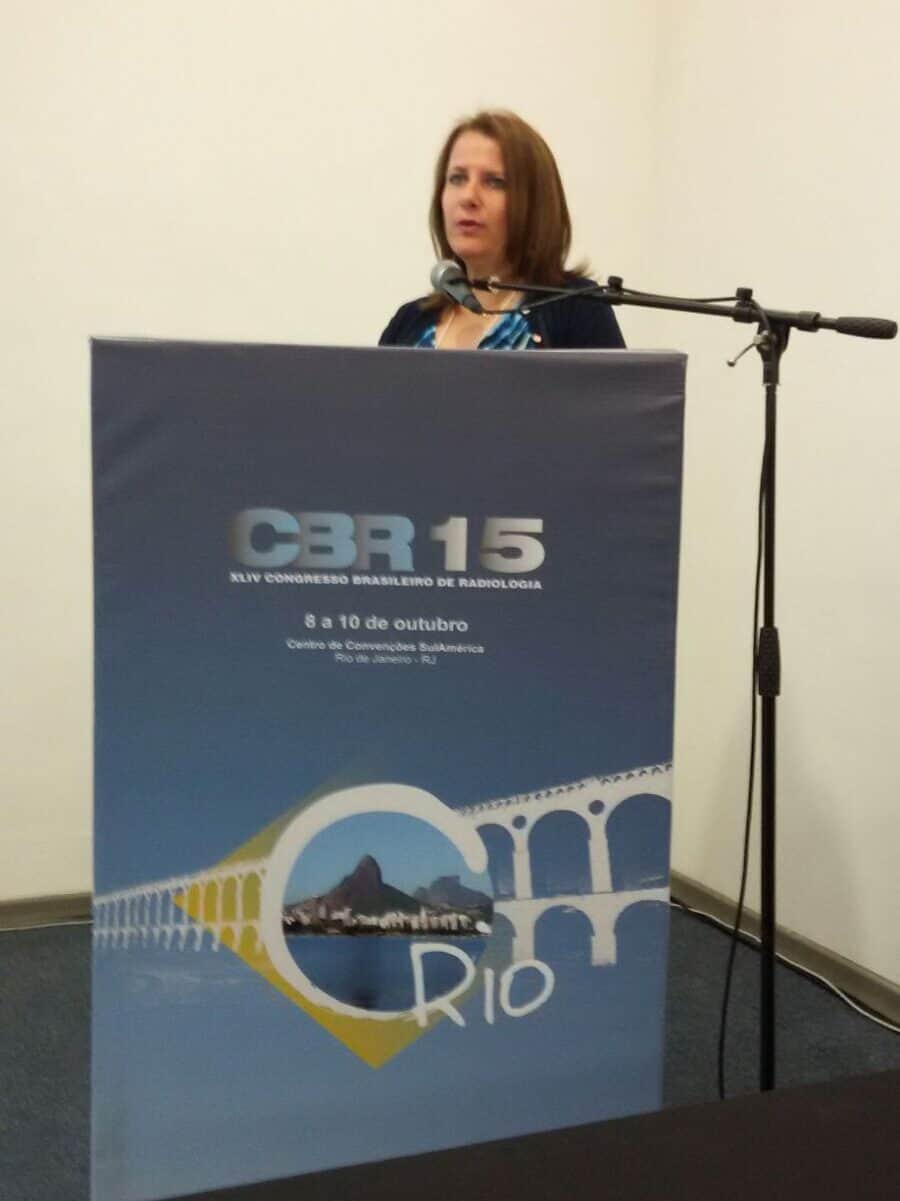
win-win
One of the accredited clinics since the beginning of the program is CURA Medicina Diagnóstica, from São Paulo (SP). “I am confident in saying that it is a culture that is here to stay and must be followed. In today's world, there should be no more room for not measuring quality”, says Dr. Jacob Szejnfeld, director of the company. “Constant evaluation allows checking, paying attention to and correcting possible critical events. It is important to create opportunities for improvement”, he adds.
About the accreditation process, Dr. Jacob evaluates: “It is also a process of training and educating employees. And that ends up being part of the culture. It is a win-win game: the patient, the clinic and the staff win”.
Services Eligible for Padi Accreditation
– Bone densitometry
– Mammography
- Nuclear medicine
– General Radiology
– Interventional Radiology
– Magnetic Resonance
- Computed tomography
– Ultrasound
– Teleradiology
Padi auditors: support agents in the endless search for improvements
Professionals in the areas of health and management trained by Padi through theoretical and practical courses, the external auditors accredited by the CBR are the only professionals able to evaluate the services under the scope of the program. They are fundamental pieces in the constant search for quality.
Nurse Laura Vargas Acauan, lead auditor from Porto Alegre (RS) and member of the Padi Auditors Technical Committee, states that the objective of the role is “to be the support agent so that improvements are understood as continuous, that quality is cyclical , and his search is never-ending.” For this, she points out, who wrote a doctoral thesis on CBR accreditation, it is necessary “to understand the peculiarities of each service, establish efficient communication with the auditee, keep the focus on teaching, on the exchange of experience and never on inspection ”.
Pharmacist and auditor Padi Aline Ducatti, from Cascavel (PR), states that the main challenge of the job is “to always be aware of changes in Norma Padi and market innovations”.
Constant study is essential, he says. “To have technical-scientific and market knowledge, to be able to exchange information with customers in order to have a partnership of continuous education and constant growth between the parties. Both the client being audited and the auditor always grow a lot in each audit process. It is very rewarding to see the differentiation in the market, the engagement of companies in the growth and understanding of Norma Padi, demonstrating their improvements with each visit that we are present, whether in virtual or in person mode.”
Helen Moreira, Padi's lead auditor since 2015 says that communication is a big challenge. “Being able to take information to different realities, with empathy and respect for the local context, proving that Norma Padi is applicable to all sizes and profiles of diagnostic imaging services and, above all, really adds value to the institution, to employees and the community.”
The auditors decided to start in the role because they saw the demand for a greater focus on Quality in Health. “When the first version of Norma Padi was launched, I was surprised by its adherence to the management model and the reality of imaging services. I was manager of a clinic and realized that some issues dealt with in the standard were still neglected in the management of the clinic. It was then that I realized that there was a lot to learn and, to my surprise, as part of an accreditation program, Norma was just the beginning of an extremely rich process of systemic improvement and learning”, says Anderson Mattozinhos, Padi auditor in Minas Gerais .
In addition to external auditors, there are internal auditors, who are people from the service itself who are trained in order to prepare their workplace to participate in Padi.
* Article published in issue 402 of the CBR Bulletin, in August 2022



